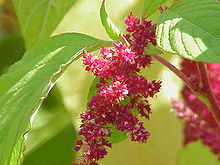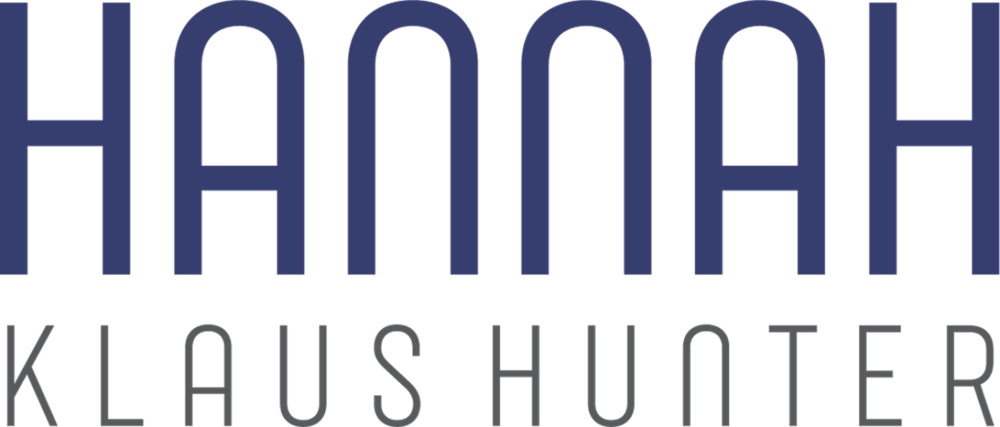 |
| Let Us Eat Art, ©2010, Hannah Hunter |
I am a worrier. It's true. And when I found out that my SoulCollage®
workshop for the
UC Davis Cancer Center had 35 people enrolled, I panicked. I thought that 15 people would be a great success. But then, I'm also a risk taker.
In offering the workshop, I was taking on a new population, cancer patients and their navigators (cancer survivors who have gone through treatment and volunteer to help patients with the same cancer navigate the labyrinth of treatment).
If you've been reading this blog for a while, you'll remember that I taught a similar class for the Cancer Center last spring, only that time, none of the cancer patients signed up. This time, it was different.
I had agreed to provide art supplies at no cost for participants and so, as I flew back from vacation, I tried to calculate what my out-of-pocket costs would be as the plane flew over the Pacific. Most of the turbulence of that flight was internal.
 |
| Amma Mama, © 2008, Hannah Hunter |
Back on land again, I took matters in hand. I counted up my x-acto knives and cutting boards. I raided the supplies at
UC Davis Hospice, and I still came up short. My friend Sara offered me her collection of boards and x-acto knives, I collected scrap matte board and in the end, spent nothing on supplies, a testament to the generosity of my community.
But what about the workshop? The women came in, one after another. The Cancer Center provided excellent spreads and my worries melted as the day unfolded. These women, and one man, were some of the most receptive people (in the adult population) with whom I've had the good fortune to work.
There is something about this illness, cancer, that makes one willing to dig deeper, a feeling that there is nothing to lose, and often pride over outer appearances takes a back seat to the need for authenticity. Our focus for the day was allies: those people or beings who act as guides, challengers, mentors and friends as we move through illness, or simply through life.
Whatever the case, this group of souls opened themselves to the process of searching through images, looking for the ones that conjured up the supporters, guides and all around lovers who are in their lives.
 |
| Group Member working on her card. |
As they shared their cards, I felt I was seeing the nuggets of gold in each of their lives. I saw constellations of flowers, dogs, cats, children, mothers, fathers, husbands and even the Golden Gate Bridge.
At the end, my friend Terri, an oncology nurse, noted that programs like this one are as important to healing cancer as the the clinical interventions of medication, chemotherapy and radiation.
While she may have overstated the case a little, I do believe that this need to relate, to come together and to make something tangible and visible out of our challenges is what, in part, makes us human.
I met this morning with the director of the education and outreach program at the center and we are planing to offer 4 of these programs throughout the year. I'm looking forward to seeing how as a university community, we can create a climate of healing, nurturance and deep self-discovery in our lives.









